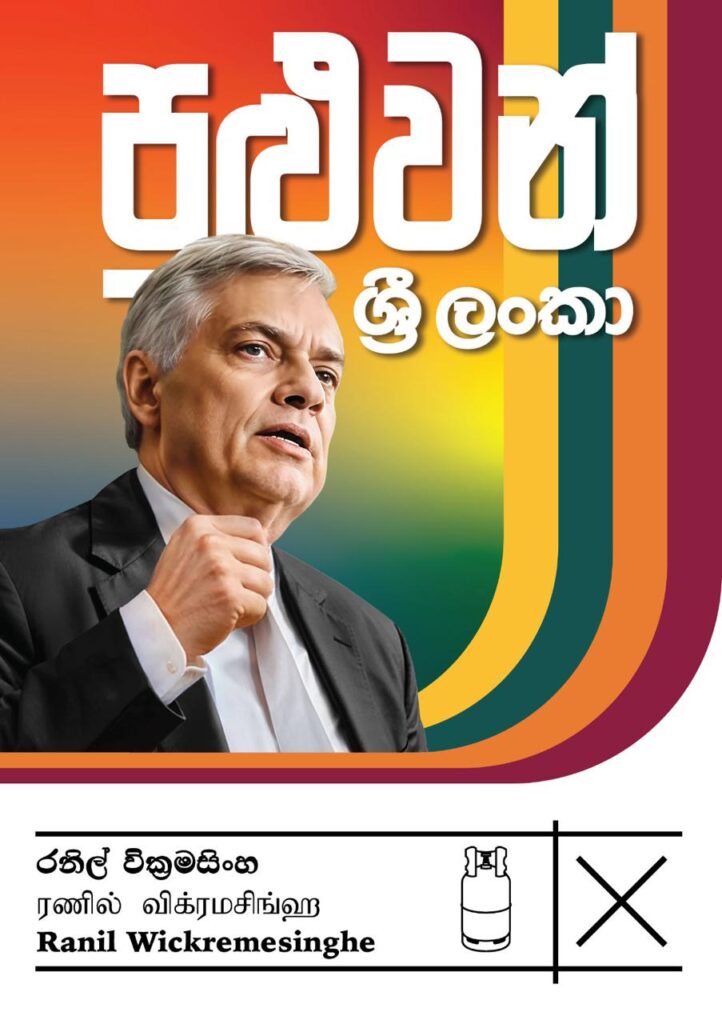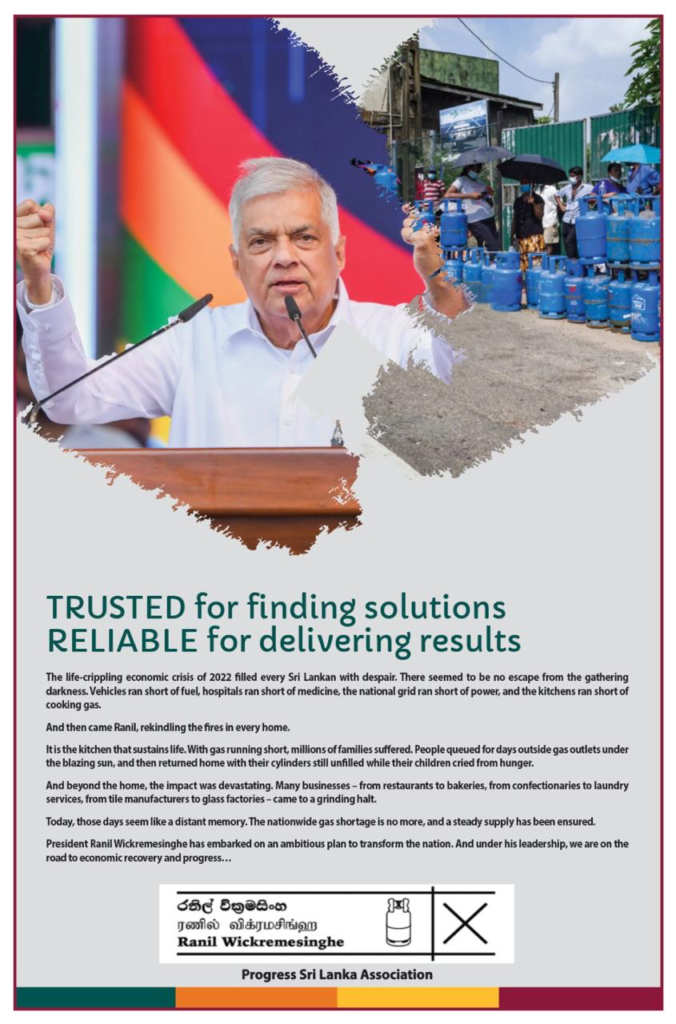By: Staff Writer
September 12, Colombo (LNW): India has strengthened its influence on neighboring Sri Lanka by extending financial assistance, providing a total of US$3.8 billion in 2022 to help the country navigate its economic crisis.
As part of the recovery process, Sri Lanka is now required to repay the loans extended by the Reserve Bank of India (RBI).
Official records indicate that by the first half of 2024, Sri Lanka’s central bank had repaid US$450 million to the RBI, with the total amount owed standing at US$2,001.43 million by June 2024.
When these figures were first disclosed in the third quarter of 2023, Sri Lanka owed the RBI US$2,601.43 million, signifying that at least US$600 million has been repaid in the interim. India’s Reserve Bank had offered Sri Lanka a currency swap agreement and permitted arrears to accrue under the Asian Clearing Union (ACU) arrangement.
According to an International Monetary Fund (IMF) report, Sri Lanka’s outstanding arrears to the RBI under the ACU agreement, along with penalty interest, have been consolidated into a US$2.2 billion swap.
This swap was combined with an additional US$400 million loan provided by the RBI under the South Asian Association for Regional Cooperation (SAARC) framework. Sri Lanka’s total liability of US$2.6 billion is set to be repaid between 2023 and 2026.
In response to these developments, the IMF program has adjusted a ceiling on Treasury guarantees to accommodate a Treasury guarantee for the swap. Critics argue that central bank borrowings through swaps enable the suppression of interest rates, delaying necessary corrections
They claim such actions exacerbate external imbalances and essentially refinance private sector debt with newly printed money by neutralizing the effects of foreign exchange interventions through liquidity injections. This mechanism is seen as contributing to further monetary instability.
Swaps, as a tool to delay rate hikes and inject liquidity into the economy, were first introduced by the Federal Reserve in the 1960s. T
his practice is believed to have played a role in the collapse of the Bretton Woods system between 1971 and 1973. However, since September 2022, Sri Lanka’s central bank has largely maintained a deflationary policy, avoiding inflationary measures such as excessive open market operations.
Despite these efforts, occasional pressure has been placed on the Sri Lankan currency due to the accumulation of liquidity from unsterilized dollar purchases, which has driven down interest rates and, in certain instances, prevented sufficient intervention to stabilize the local currency.




